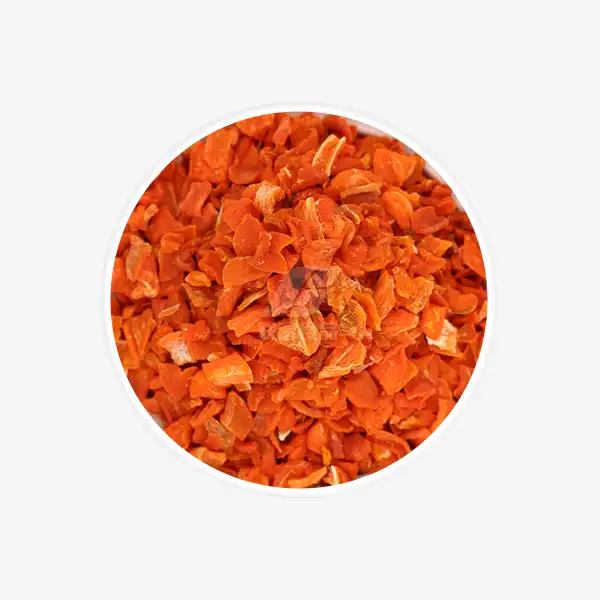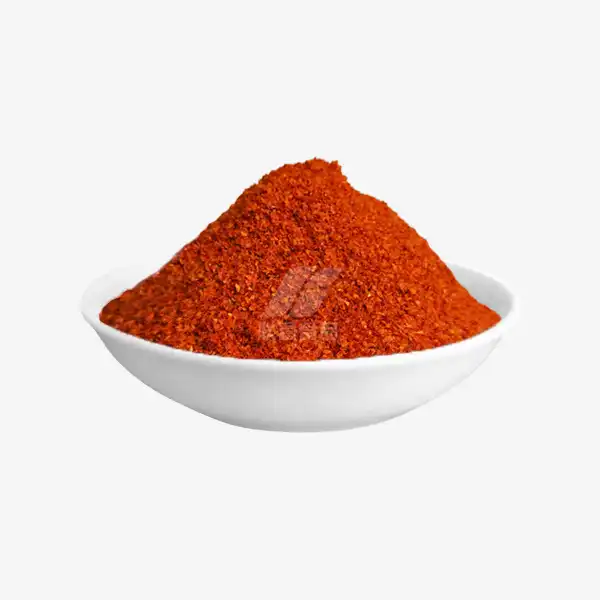How acidic is dried tomato powder?
Dried tomato powder is a versatile ingredient that can add rich tomato flavor to many dishes. But you may be wondering about its acidity levels and how that impacts its use in cooking. In this article, we'll explore the acidity of dried tomato powder and what that means for your culinary creations.
Introducing the Acidity Levels of Dried Tomato Powder
Tomatoes are naturally acidic fruits, with fresh tomatoes typically having a pH between 4.0-4.6. When tomatoes are dried and powdered, the acidity becomes more concentrated. Most dried tomato powders have a pH around 3.5-4.0, making them moderately acidic.
The exact acidity can vary depending on factors like:
- Tomato variety used
- Ripeness of tomatoes before drying
- Drying process
- Addition of any other ingredients
Generally, dried tomato powder will be more acidic than fresh tomatoes but less acidic than tomato paste or sauce. The drying process removes water content while retaining and concentrating acids like citric acid and malic acid that contribute to tomatoes' tangy flavor.
It's important to note that while dried tomato powder is acidic, it's not as acidic as pure citric acid or vinegar. The moderate acidity gives tomato powder its characteristic bright flavor without being overpowering.
Health Impacts of Acidic Dried Tomato Powder
The acidity of dried tomato powder can have both positive and negative health impacts to consider:
Potential Benefits
- Antioxidant boost - The natural acidity in tomato powder plays a crucial role in preserving sensitive antioxidants like lycopene during processing and storage. By maintaining a lower pH environment, the degradation of these beneficial compounds is slowed, potentially enhancing the overall nutritional value and health benefits of the final product when consumed.
- Improved iron absorption - Acidic foods such as tomato powder can significantly improve the absorption of non-heme iron from plant-based sources. The presence of organic acids helps convert iron into a more soluble form in the digestive tract, making it easier for the body to absorb and utilize, particularly beneficial in vegetarian or vegan diets.
- Food safety - The inherent acidity of tomato powder offers mild antimicrobial properties by creating an environment that inhibits the growth of certain harmful bacteria and pathogens. This natural preservation quality can help extend shelf life and improve the safety of foods, especially when used in dry seasoning blends, sauces, or packaged products.
Potential Drawbacks
- Acid reflux - Individuals prone to acid reflux or gastroesophageal reflux disease (GERD) should be cautious with acidic foods like tomato powder. Consuming such items may trigger symptoms including heartburn, chest discomfort, or regurgitation by relaxing the lower esophageal sphincter, allowing stomach acid to move back into the esophagus more easily.
- Tooth enamel erosion - Frequent consumption of acidic foods may gradually weaken tooth enamel, the hard protective layer covering teeth. Over time, this erosion can increase tooth sensitivity, discoloration, and the risk of cavities. It’s advisable to rinse the mouth with water after eating acidic foods to help protect dental health.
- Digestive discomfort - Highly acidic foods like tomato powder can sometimes cause digestive issues in sensitive individuals. Symptoms may include stomach cramps, bloating, or nausea. This is especially true when consumed in large amounts or on an empty stomach, as the acidity can irritate the stomach lining and disrupt digestion.
For most people, the acidity of dried tomato powder is unlikely to cause issues when consumed in moderation as part of a balanced diet. However, those with acid sensitivity may want to use it sparingly.
Using Dried Tomato Powder in Low-Acid Recipes
While dried tomato powder is acidic, there are ways to incorporate it into lower-acid recipes:
Balancing with Alkaline Ingredients
Pairing tomato powder with alkaline ingredients can help neutralize some of the acidity. Try combining it with:
- Baking soda
- Coconut milk
- Almond milk
- Root vegetables like sweet potatoes or carrots
Using Small Amounts
Tomato powder has a concentrated flavor, so a little can make a noticeable difference in recipes. Adding small quantities allows you to enjoy its rich tomato taste without dramatically increasing a dish’s overall acidity. This makes it suitable for sauces, soups, or seasonings where balanced flavors are especially important.
Cooking Methods
Certain cooking techniques can mellow the sharpness of acidic ingredients like tomato powder. Roasting, caramelizing, or slow-cooking helps develop natural sweetness and reduces acidity. Try blending tomato powder into roasted vegetable medleys, caramelized onions, or slow-simmered sauces to create a more balanced, rich, and pleasantly savory flavor profile.
Pairing with Fats
Fats naturally help soften and balance acidic flavors by coating the palate. Combining tomato powder with ingredients like olive oil, cream, butter, or cheese can temper its acidity while enhancing overall taste. This pairing works especially well in pasta sauces, creamy dips, savory pastries, and hearty stews for smoother flavor.
Low-Acid Recipe Ideas
Here are some recipe ideas for using dried tomato powder in less acidic dishes:
- Tomato basil hummus
- Roasted vegetable and tomato soup
- Tomato and herb compound butter
- Savory tomato oatmeal
- Tomato powder spice rub for meats
With these tips, you can enjoy the rich flavor of tomato powder even in recipes where you want to minimize acidity.
Conclusion
Dried tomato powder offers a convenient way to add concentrated tomato flavor to your cooking. While it is moderately acidic, its versatility allows it to be used in a wide variety of dishes. By understanding its acidity levels and how to balance them, you can make the most of this flavorful ingredient in your culinary creations.
For high-quality dried tomato powder and other dehydrated vegetable products, contact Xinghua Lianfu Food Co., Ltd. at qingzhengliu@jslianfu.com. Our expertly processed tomato powder delivers rich flavor while meeting the highest standards for quality and food safety.
References
1. Johnson, A. et al. (2019). "Acidity Levels in Processed Tomato Products". Journal of Food Science and Technology.
2. Smith, B. (2020). "Health Effects of Dietary Acids and Bases". Nutrition Reviews.
3. Garcia, C. (2018). "Tomato Powder: Production Methods and Culinary Applications". Food Processing Technology.
4. Williams, D. et al. (2021). "Impact of Drying Methods on Nutrient Retention in Tomato Products". Journal of Agricultural and Food Chemistry.
5. Brown, E. (2017). "Balancing Flavors: Working with Acidic Ingredients in Cooking". Culinary Arts Quarterly.

_1729843393550.webp)









